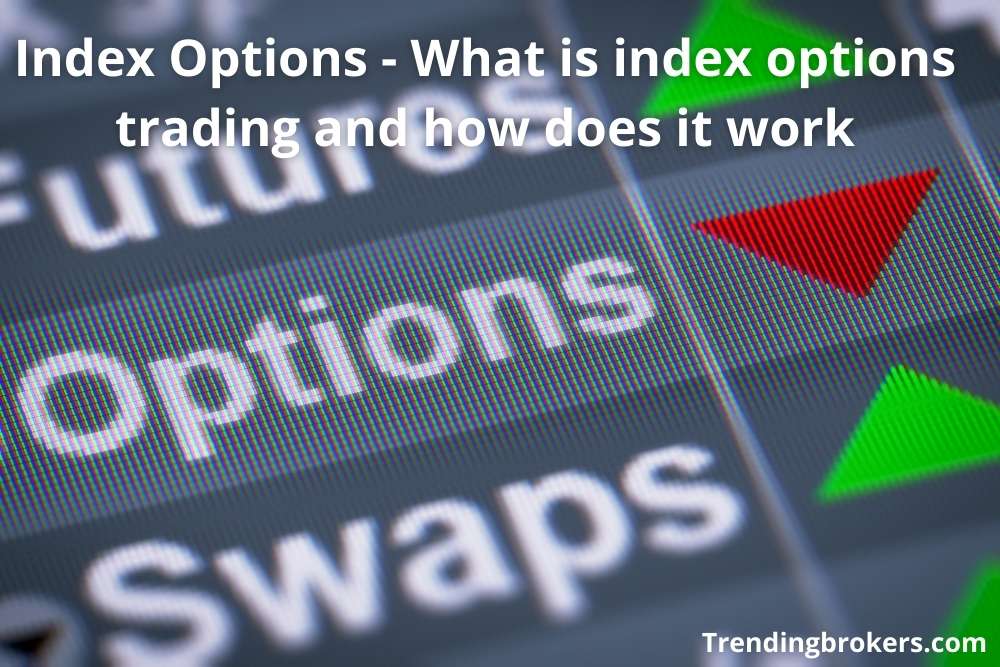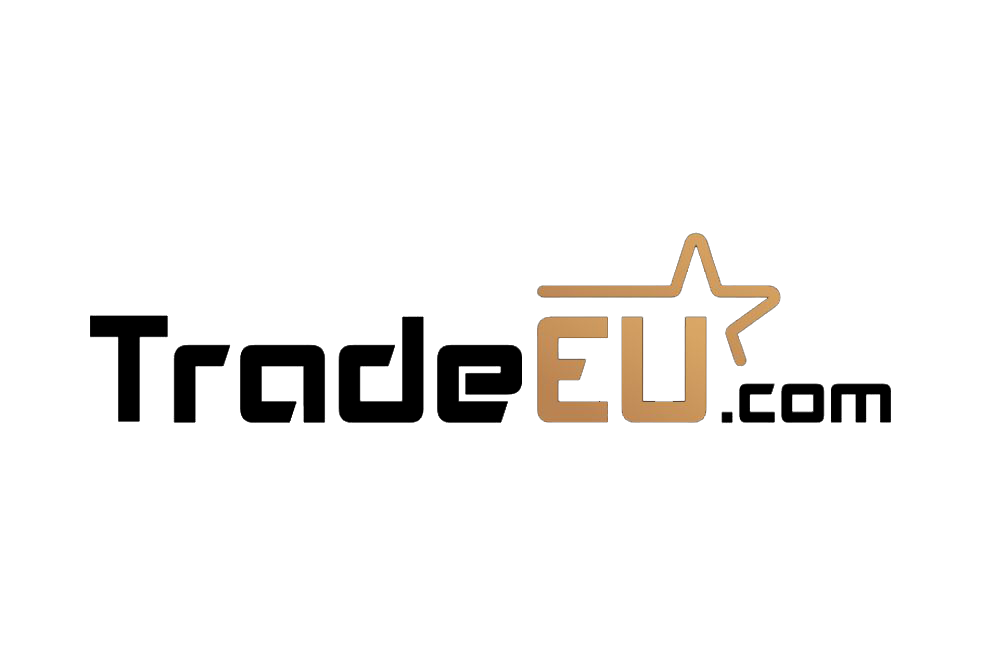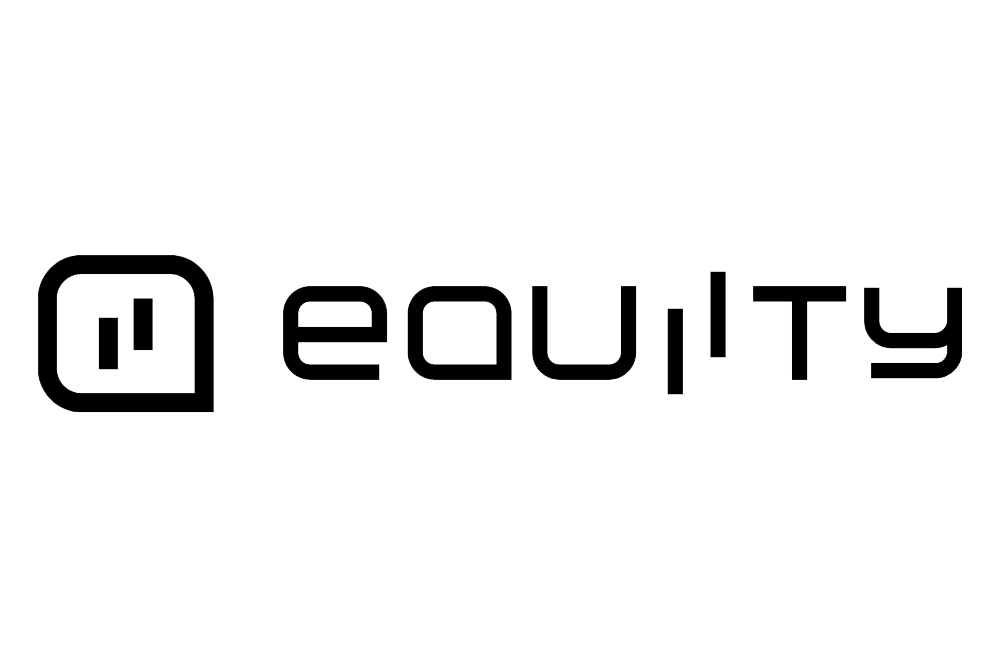Index options are derivative instruments that market traders invest in to generate income. Traders invest in the financial instrument based on stock indices to buy the underlying stock index. These are for a certain period of time and give traders an opportunity to diversify their portfolios. Traded-in European-style index options are a good choice in the financial markets.
Moreover, the index options are cash settled, thus, providing high liquidity for the market traders. These are taken from the large basket of stocks; traders can invest as per their choice and earn profits. The index options are used for various purposes, such as hedging or stock speculation.
But, to understand the topic in-depth, traders should start with the base, so we’ll discuss the index first and then proceed further to the features and functioning of index options. Let’s get into the index options and enhance our knowledge of financial markets.
What is an Index?
The index has been part of mathematics since its inception, but its use in the financial markets relates to its basic use. The index is the method traders use to analyze the performance of a group of stocks or securities in a particular manner. Mostly, using a standardized method for getting a perfect performance.
The index performance is measured in groups that replicate the specific market part. Thus, the index could be of various types, such as the broad-based index, which covers the entire financial market or the index for a particular area or category. Some famous indexes are Dow Jones Industrial Average( DJIA) and Standard & Poor’s 500(S&P 500).
Using the methodology and metrics, the index measures the price performance of the securities to be traded. It evaluates the performance of the securities against the market securities, and Traders prefer investing in the index as it is a low-cost way of investing.
Traders can use the index to measure various aspects of the financial markets, such as the interest rates, manufacturing outputs, and inflation, etc. A useful source for measuring the performance of the returns on the portfolio investments. The index serves as the tool and indicator of measurement of the statistics of the traded instrument of the market.
The index uses various methodologies depending on the security or stock traded, and thus traders should be aware of the requirements of the index to have correct calculations.
Index Options
Index options are derivative products that give traders the right to buy and sell the underlying security at a certain price or predetermined price. The traders invest in the underlying security such as NDX 100, DJX and S&P 500 etc. It has a basket of various stocks with a defined set of stocks with relatable weight and value of the calculated index. The indexes have their own lot size, expiry dates and multiple strike prices.
Index options are similar to the futures contracts and forward contracts, which are set on expiry date of the contract. Traders pay a premium on the index options and need not pay the contract’s full price to buy the options. The premium of the indexes is calculated on the basis of options calculators and the actual index values.
Traders invest in derivative products such as index options to minimize risks and maximize profits. Using the European style of trading, in this style, the index option can only be exercised upon the contract’s expiration. While there is another trading style, called the American style, in which traders can execute the options anytime in between the expiry time period.
These flexible trade options provide the traders with hedging and speculations on the future of the index. Investors of index options have various strategies available in the market, and the simplest of the strategies is the call and put option. In this, investors buy on a call and put it on the index. Traders buy a call option when they bet on the index level moving upwards, and the opposite happens when the index goes down and the investor buys the put option.
Similarly, traders can go call and put spreads. By using such strategies, traders can analyze the limited profits that they can be earned on the indexes.
Traders can also use the selling covered calls strategy, where the traders buy the underlying contract on the stock index and then sell the call options on the contract to earn profits. To use this strategy, traders must understand it as it is an advanced strategy. In this, traders must know about the position delta between the underlying asset and sold options. This helps traders to analyze the risks of the trade in advance.
Key Aspects of Index Options
Index options have some key areas that should be considered for trading the index options. The paragraph below discusses these points to better understand the traders and investors of the financial markets.
Leverage and Risks
Index options traders get the leverage for trading similar to the market’s equity and other trade options. Traders can use the leverage as the premium paid on the index is small. To enjoy good benefits on their investments, traders go for leverage, as they want to earn large profits from the position held in the market. Moreover, traders can predetermine the risks of the trade due to the fact that traders can only lose the premium paid on the index options held in the market.
Contract Multiplier
The index option traders investing in stocks have the option of a contract multiplier of $100. Traders use the contract multiplier for computing the cash value of index options.
Premium
Premium is paid on the index options, similar to the equity options, which are quoted in dollars or cents. Traders can find out the price of the premium on the index options by multiplying the quoted premium price with the contract multiplier. The amount that comes is the amount that the buyer will have to pay for purchasing the index options and the amount that the trader will receive back on selling the index option.
Rights
Index options holders do not possess the right to buy or sell the option as these are cash settled options. But, they have the right to demand cash value from the option writer on exercising the option.
How do Index options work?
We have understood what index and index options are? So, the next step is to know how they work to be profitable for traders. Trading of the index is simple like other trading instruments; however, these are traded on underlying securities. Using the future index options as the contract to trade. The trade is in cash and involves no physical trade.
The index options are derivatives that use the European style for trading, in which the contract is exercised on the expiry date only. Traders cannot exercise the trade before the expiry date that the investor decides. Traders purchase the index option using the index call option, and the put option gives them the right to sell the index options in the market.
The risk in the index options is analyzed in advance; thus, traders have to face low-risk instruments. Therefore, traders can enjoy the directional swings advantage of the index. The premium is the only risk traders have to pay; thus, predetermined risks make it more straightforward. Traders can calculate the index options profit by deducting the index level from the put premium and downside limited to the put premium.
Therefore, traders get more exposure to the market and less risks or limited losses. Traders can even benefit from fractions of stocks to trade in the market. Index options help traders determine the contract price, usually 100 on most exchanges, being the multiplier form.
In addition, traders have the advantage of locking their profits in the market. Traders can do this by purchasing the put options on the index and lock the sale price of the stocks. It is a profitable strategy that works best with small portfolios and protects them from market crashes. But, it is a wrong choice in large portfolios and diversifications.
Example of Index Options
For example, a trader purchases the index options of NDX 100 having the following details:
- Index spot price: 15000
- Index call option premium: $80
- Contract multiplier: 120
- Contract cost: $9600 ($80 X 120)
- Strike price: 15,500
- Break-even point: 15,580 (15,500+$80)
- NDX 100 Index expiry: 16000
With these details, traders would get the profitable underlying asset to invest. Thus, traders can determine the profit minus contract cost from the gross proceeds.
Call proceeds: $50,000 {(16000 – 15,500) x 100}
Profit: $40,400 ($50,000 – $9600)
Index Options Trading strategies
Index options trading uses several trading strategies, but we have realized that speculation and hedging are the two most popular ones. Here, we’ll understand the strategies that work best with the index options and make them more profitable for traders and investors.
Speculation
It is one of the most used strategies of the financial markets; in this strategy, the investors bet on the price of the index of the various companies. Traders earn from the increase and decrease in the value of the index. The fluctuations of the market play a big role in the speculation strategy. However, traders have to study the market and index before investing. As the bet on the index depends on the future changes in the market, it could be a profit or loss for the traders.
In a bullish speculation strategy, traders purchase the call options and bull the call spreads. Traders here look for an increase in the index to earn profits. In contrast, a bearish strategy buys the put options and bears the put spreads. Traders earn from the decline in the index traded.
Income
Premium on the index options is the income that traders earn. Bullish is used when the traders sell the bull put spreads, and the traders look for profits from the increase in the index traded. In bearish, the trader sells the bear call spreads and earns from the decline in the index options value.
Hedging
Hedging is a correction strategy of index options that helps traders minimize the trade risks. It helps traders protect their portfolios and is a kind of cheap insurance that would aid traders from difficulties.
Traders have two types of insurance, catastrophic and comprehensive protections. Catastrophic is cheap protection in which traders buy the put options for protection from the decline in the market. On the other hand, comprehensive is expensive protection where traders buy the put options and earn from the moderate decline in the market.
Advantages of Index Options
Index options have the following advantages for the traders and investors of the market:
- Market exposure
- Hedging
- Speculations
- Limited loss
- Diversification
- Less erratic
- Predictable
- Liquid
- Predetermined risks
Disadvantages of Index Options
We have listed the disadvantages of index options for a clear perspective of the derivative product:
- Higher spreads
- Lesser information
- Not available for all stocks
- Time decay
- Higher commissions
- Complicate for beginners
Conclusion
Index options are beneficial trade options for investors and traders. They can invest easily, enter and exit the market, speculate and hedge over the instruments with a premium paid. Thus, making it a feasible option for the market players. However, the traders of index options need good market understanding and skills for better results.
Traders can invest in the index option with the help of several online brokers such as Capixal and InvestBy. They have the best services with the required trading tools and platforms to assist traders. Thus, traders can maximize their profits using the indicators and tools of the trading platforms by getting a trading account with the brokers.
Index options are a good investment option that would be profitable for traders with the help of brokers. Overall, a protected and beneficial trade derivative for the investors and traders of the market.
FAQs
What are the best index options?
The best index options available right are $NDX – NASDAQ 100 Index, $SPX – S&P 500 Index, $RUT – Russell 2000 Index, $DJX – Dow Jones Industrial Average 1/100 Index and $OEX – S&P 100 index.
What are the different types of index options?
Primarily, there are two types of index options: Call Option and Put Option.
What is index options in India?
Index options are derivative products that derive their value from changes in the underlying index. There are well-known indices in India, including the Sensex, Nifty, Bank Nifty, and Nifty Financial Services.
Which is better stock options or index options?
The answer depends on what you choose. While Index options offer access to a more liquid market, stock options provide access to thousands of options with different prices. On the other hand, Cash payouts are offered via index options.
How do you do index options?
With index options, no real equities are exchanged. Index futures contracts are frequently used as the underlying asset in index options. Since the underlying index cannot be physically delivered, the settlement must be accomplished through cash payments. Typically European-style options, index options are only settled on the expiration date.
How long do index options last?
Some indexes will have options known as long-term equity anticipation securities (LEAPS) if they are highly favored by investors. There will be more than four expiry months available if a stock has LEAPS.
How do index options differ from stock options?
Index options are used in a liquid, tax-favored market for speculating and hedging positions. But, when traders want to affordably buy a bunch, usually 100 shares, they use stock options.
Are index options taxed differently?
Index options are taxed differently than stocks and ETFs. Investors and traders should use Schedule D, whereas MTM traders should use Form 4797.
What is the use of index option?
Index option is a derivative product that allows its owner the right, but not the responsibility, to purchase or dispose of the value of an underlying index, such as the S&P 500 index, at the specified exercise price.
How are gains on index options taxed?
The gain from the sale of unlisted shares that you have held for longer than two years is referred to as long-term capital gains. According to Section 112 of the Income-tax Act, long-term capital gains on the sale of unlisted shares are taxed at 20% with an indexation advantage.


